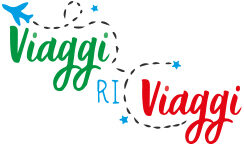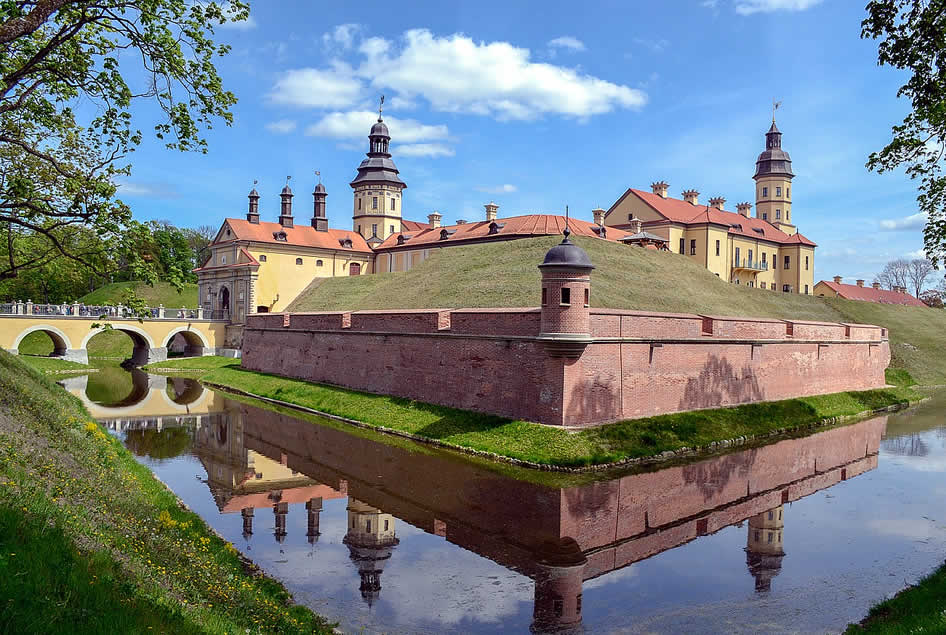A Hidden Gem of Eastern Europe.
Belarus, often overlooked in traditional tourist circuits, is a destination that surprises with its natural beauty and rich cultural heritage. Located in the heart of Eastern Europe, it offers visitors a unique experience away from the beaten paths. Minsk, the Vibrant Capital The capital city of Minsk is a fascinating blend of Soviet history and modernity. The city boasts wide avenues, imposing architecture, and green parks. Don’t miss the National Library, a masterpiece of contemporary design, and Independence Avenue, where shops, cafes, and restaurants line the streets.
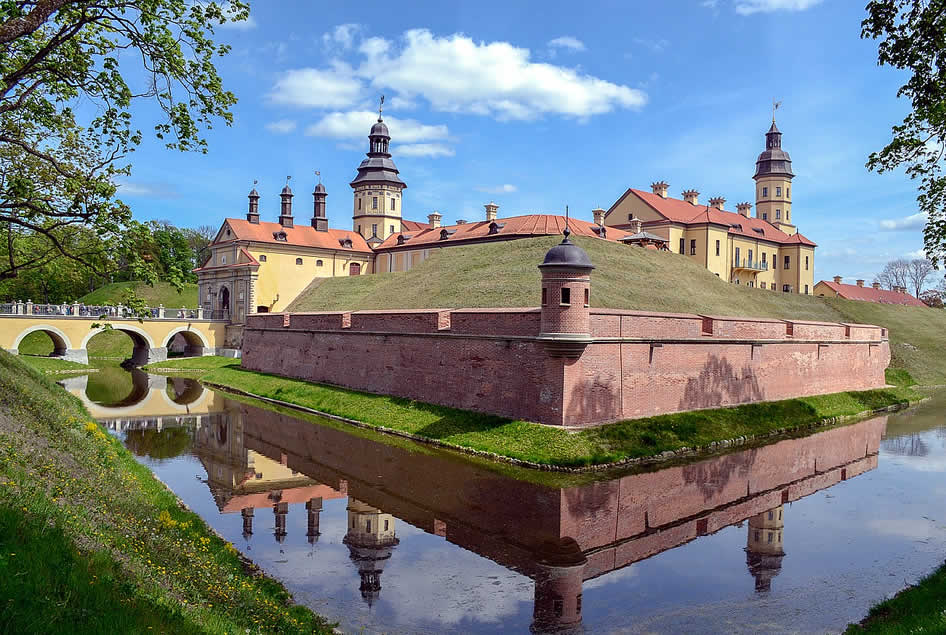
UNESCO Heritage Belarus is home to several UNESCO World Heritage sites, including Mir Castle and Nesvizh Castle. These ancient castles offer a fascinating glimpse into the country’s medieval and Renaissance history. Pristine Forests and Lakes For nature enthusiasts, the Białowieża Forest is an invaluable area of biodiversity, being the last primeval forest in Europe. The Braslav Lakes are another natural treasure, with crystal-clear waters and breathtaking landscape.
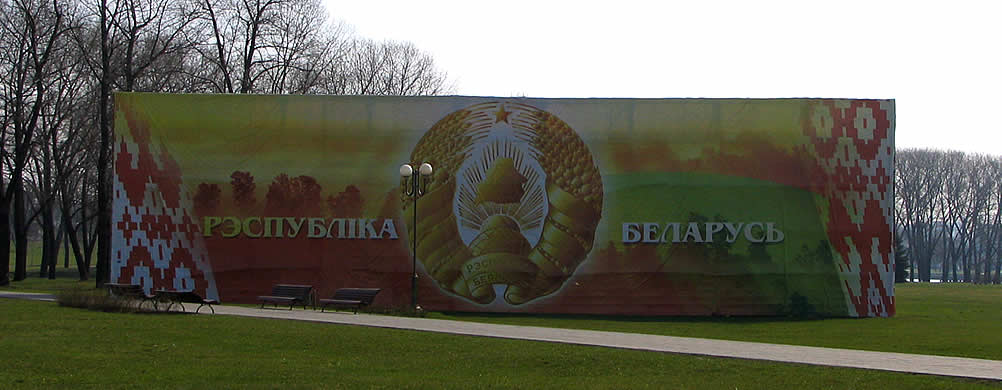
The History of Belarus: From Origins to the Present
Belarus, situated in the heart of Eastern Europe, has a long and complex history marked by periods of greatness and challenges. Also known as Belarus, the nation has deep roots dating back to ancient Slavic times.
Origins and the Grand Duchy of Lithuania The history of Belarus begins with the Eastern Slavic tribes that settled in the region around the 5th century. Over the centuries, the Belarusian territory became part of the Grand Duchy of Lithuania, one of the largest and most powerful states in medieval Europe.
Union with Poland and the Russian Empire In 1569, through the Union of Lublin, Belarus became part of the Polish-Lithuanian Commonwealth, a state entity that lasted until the late 18th century when it was divided among neighboring empires. Most of Belarus was annexed by the Russian Empire.
The 20th Century and World War II The 20th century was a turbulent period for Belarus. After a brief period of independence following the Russian Revolution, it became a Soviet republic in 1922. During World War II, Belarus was one of the most devastated territories, with immense human and material losses.
Independence and the Modern Era With the collapse of the Soviet Union, Belarus declared its independence on August 25, 1991. Since then, the country has navigated through various political and economic challenges.
Contemporary Belarus continues to develop and find its place on the international stage. The country is known for its rich culture, folklore traditions, and enchanting natural landscapes.
What to See in Belarus:
Belarus, often referred to as the “green heart of Europe,” is a land of unexpected beauty and cultural richness. Here are some gems not to miss during a visit to this fascinating country.
Minsk: The Gateway Begin your journey in the capital, Minsk, a city that blends modernity with history. Visit the Church of Saints Simon and Helena, also known as the Red Church, and the National Library, an imposing glass and steel structure. Don’t miss the Museum of the Great Patriotic War, which offers insight into the country’s turbulent history.
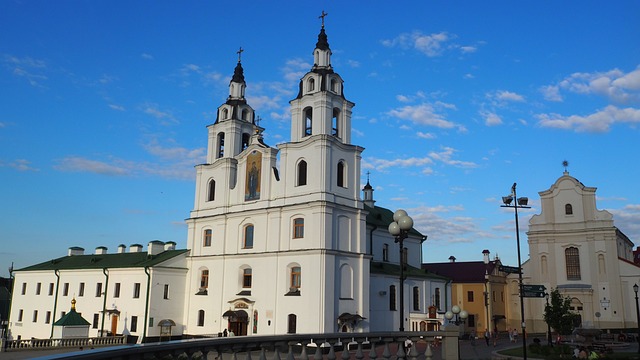
Vitebsk: Cradle of Artists Continue to Vitebsk, the hometown of Marc Chagall. Here, you can admire the artist’s works at the Chagall House Museum and enjoy cultural festivals like the Slavic Bazaar, which celebrates folk traditions.
Castles and Fortresses Belarus is famous for its medieval castles. Mir Castle and Nesvizh Castle, both UNESCO World Heritage sites, are extraordinary examples of Renaissance and Baroque architecture.
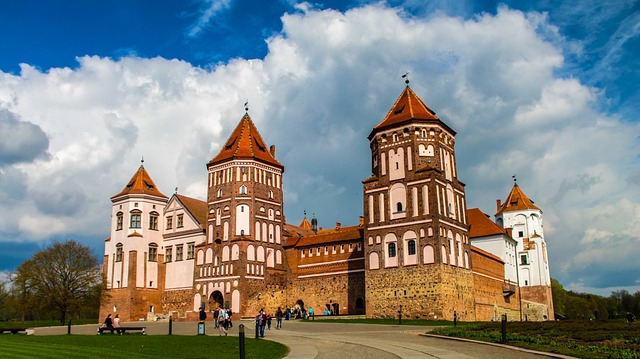
Unspoiled Nature For nature lovers, the Belavezhskaya Pushcha Forest is a must. This ancient forest is one of the last and largest primeval woodlands on the continent. And don’t forget about the Braslav Lakes, a paradise for fishing enthusiasts and hikers.
Events and Festivals Lastly, immerse yourself in local culture by participating in events and festivals held throughout the year. The Slavianski Bazaar in Vitebsk is one of the most well-known events, attracting artists and visitors from all over Europe.
Belarusian Cuisine
Traditional Belarusian cuisine is another reason to visit the country.
Try “draniki,” which are potato pancakes.
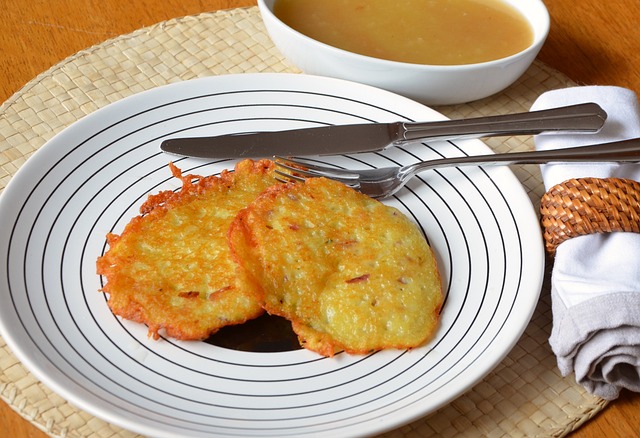
Kulduny: Stuffed ravioli
